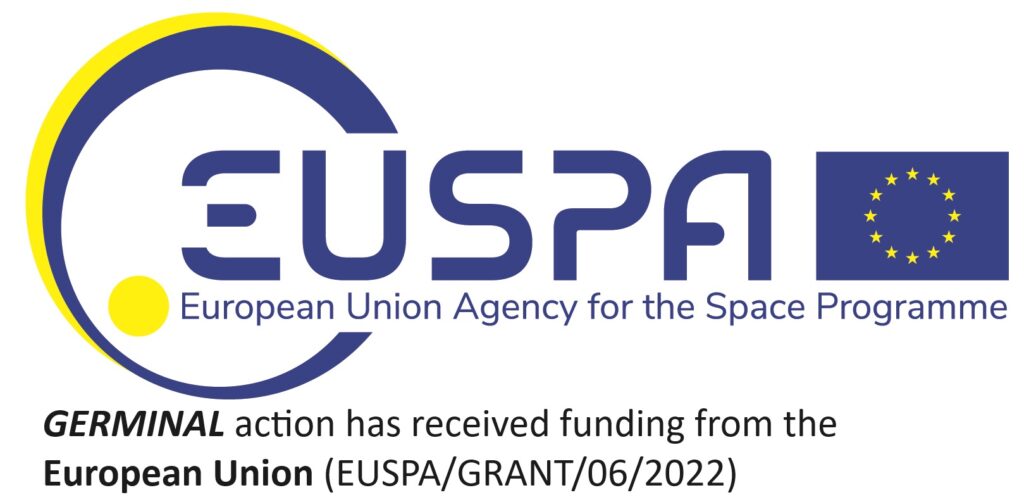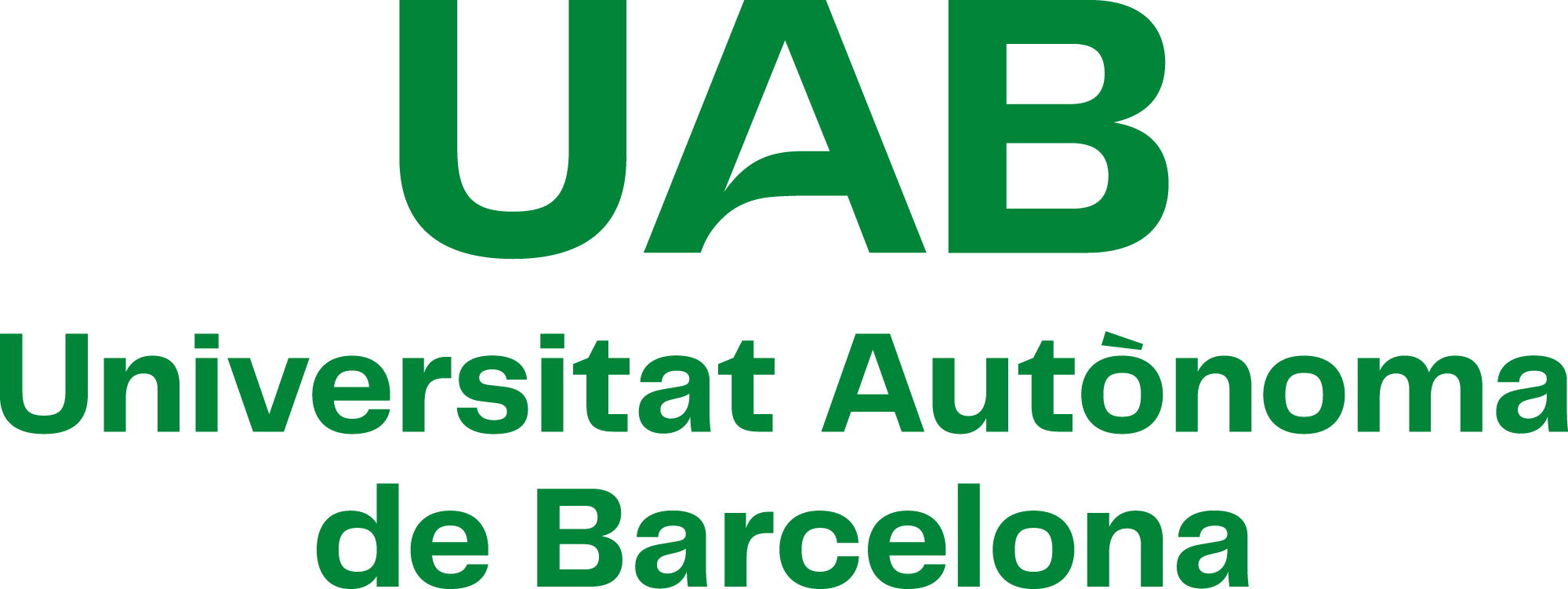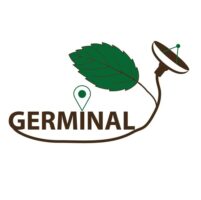The main objective of the E-GNSS programmes is to maximize socio-economic benefits for European citizens of European satellite navigation systems. As a consequence, more cost-efficient solutions are targeted together with encouraging the penetration of E-GNSS into the connectivity domain and the other way around use Communication technology to support positioning. One of the key issues to ensure a favourable reception from the user communities of E-GNSS technology and its evolutions is to provide a clear added value from other alternatives (technology competitors) and to achieve this, the availability of products implementing such valuable capabilities in a proper way is a clear need.
One of the current EU financial mechanisms/instruments to encourage the development of market-ready GNSS-products is the Fundamental Elements, to which this GSA/GRANT/06/2022 call belongs. Under Fundamental Elements programme, the goal is to support the development of E-GNSS-enabled chipsets, receivers and antennas, to facilitate the adoption of E-GNSS systems, improve the competitiveness of EU industry, address user needs and maximize benefits to EU citizens.
GNSS include constellations of satellites orbiting around the Earth that broadcast their locations in space and time, and receivers computing ground positions by trilateration. GNSS are used in different transportation domains: aviation, maritime, rail, road or UAVs and a great number of applications rely on PNT services provided by GNSS. Galileo, probably, the brightest element of the European Union Space Programme, is a civilian Global Navigation Satellite System intended to provide robust navigation services. GNSS users utilizing Galileo experience a significant improvement in terms of performances and capabilities.
On the other hand, the number of connected devices is growing dramatically and the importance of locating devices has very much increased. It is not only relevant the location of the asset itself but also, the solution owner be able to locate all assets at the same time with minimum power consumption. Thus, integrating TN and NTN has the potential of connecting the unconnected.
Thus, this project focuses on the combination of these two worlds, PNT Systems and Connectivity Systems. In particular, this Project is devoted to the integration of GNSS (Galileo), other PNT sources and Connectivity Systems.







